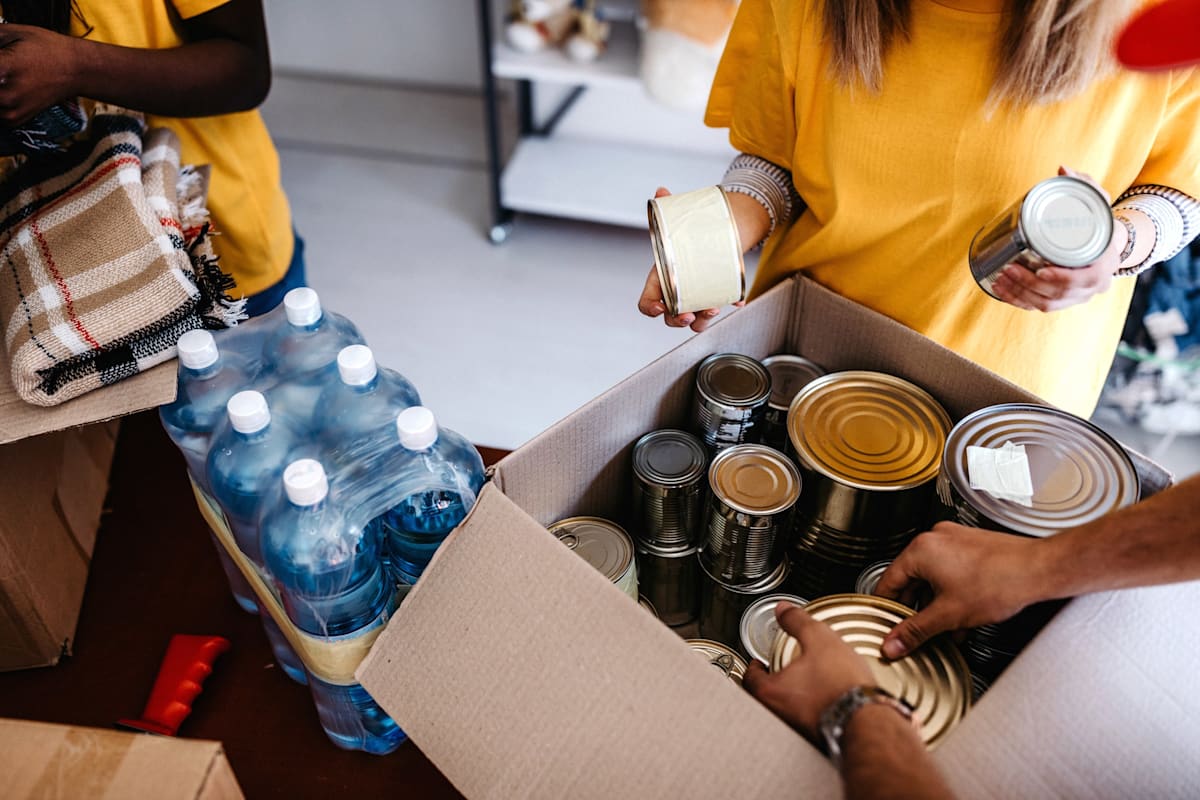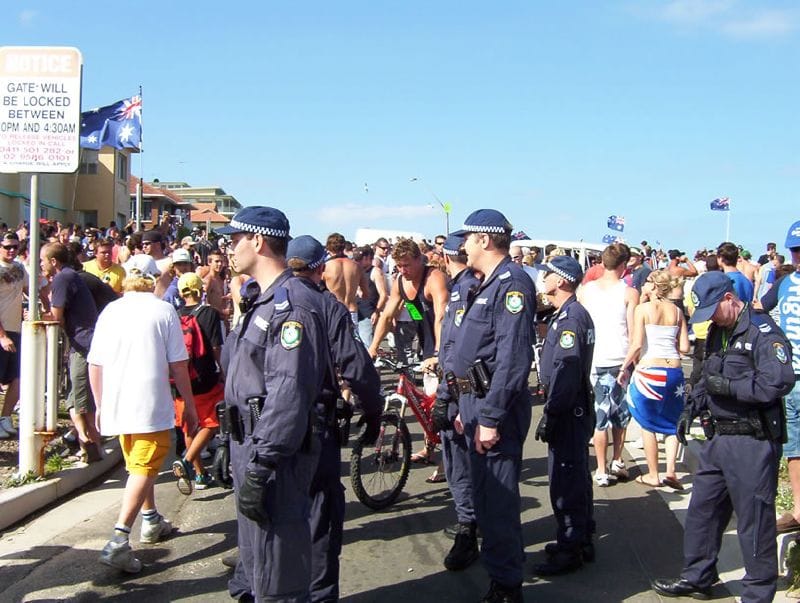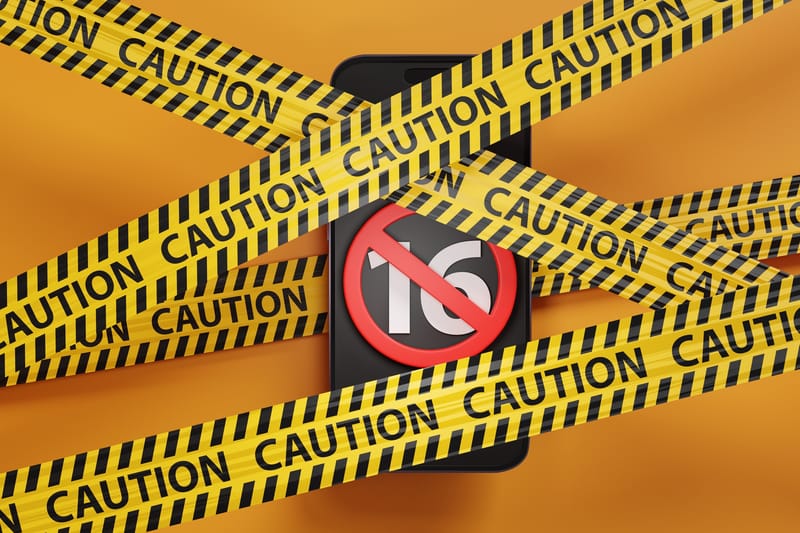
Australians are well aware of how devastating the fires in California are for local communities. Our hearts go out to those facing unimaginable losses, alongside the deep uncertainty about recovery and the future.
Disaster resilience research shows the importance of re-establishing daily routines, critical infrastructure, social networks and community identities in supporting processes of community recovery and ongoing resilience.
Analysis also shows there are key things to learn and unlearn, including what is understood and prioritised in supporting communities torn apart by disaster, and how to “respect, connect, reflect and direct” what community members are going through.
In ongoing work at the Fire to Flourish program, Monash researchers have found that embedding equity, genuine partnership and long-term approaches to transformation are crucial to how communities recover from wildfires.
Our own recent work builds on the latest social resilience findings in disaster-affected communities around the world to show why a transformative “butterfly effect” must also be factored into these considerations – that is, recognising how a tiny change in the initial stages of a system can cause huge, non-linear consequences over time.
This emphasis on noticing both the intended and unintended consequences of small acts is key to understanding the “spheres of influence” different community members have access to – and mobilise – during and after disasters, particularly in fostering responses that strengthen community resilience.
Why disasters can trigger learning and unlearning
Disasters put a brake on daily life and force us to respond. Some will double down on maintaining the status quo, while others will seek new ways forward, with the latter opening spaces for learning about how to foster community recovery and resilience.
How can we optimise social dynamics for positive societal transformation?
Equally, disasters can trigger various acts of human bravery, generosity and connection with others, through relating over a common or shared experience, and by acting with compassion.
Our research has explored the importance of how we might harness such pathways for positive community-level transformations through a focus on the social effects of disaster.
Creating a “Sphere of Influence Framework” for positive transformative change
We’ve found that existing disaster research tends to analyse such processes within, and across, individual and collective or structural spheres of a social system, but rarely investigates their interactions across all three.
To address this gap we’ve developed a framework that addresses all three spheres. The framework shows how during and after a disaster, positive relationships that prioritise restoring shared, meaningful and purposeful identities can lead to expansive and incremental learning and capacity-building across all three spheres of influence.

Why is the ‘butterfly effect’ important to disaster resilience?
When positive relations (relational agency) are supported within a social system, these act as a resource by expanding capabilities for social practices of resilience.
This focus on, and style of, small-scale transformative change at a local scale encourages on-the-ground learning about who’s responsible for how we adapt and respond, and can have important implications for what we learn and unlearn about what it means to be “competent” in a disaster risk situation.
Transformation through a “butterfly effect” can occur when relational agency expands our knowledge in ways that allow us to evaluate existing practices and standards, and progress towards testing new models of social policy and practice for disaster recovery and preparedness.
Relational agency is a socially-mediated process that influences how transformation is shaped through socialised practices of disaster recovery and preparedness, including how we might better-anticipate unpredictable and far-reaching consequences of a “butterfly effect”.
In the face of a disaster and the shattering effects of a dramatically altered social and physical landscape, at an individual level, for example, a sense of self typically needs to be restored or recreated, hand in hand with those for a sense of community.
Individualised processes, moments and connections relating to nourishing this dual sense of identity and community are vital for moving to positive collective and societal level transformative outcomes.
Why is researching social processes of disaster important?
Social forms of action during and after a disaster can shape the capacity for resilience within and across affected communities.
Our research demonstrates that disasters such as wildfires can result in social practices that generate enhanced relational agency, which is a powerful factor in building resilience within communities in preparing for, and coping with, the likelihood of future disaster.
They also counter news stories that overly focus on the negative – for example, looting and apportioning blame.
Our research also shows that when we explore the intricate social organisation of disaster recovery processes across all levels of the social system, we can uncover more effective ways of working to harness relationality as a crucial factor in recovery and resilience, strengthening the social fabrics of our communities rather than defaulting to top-down approaches.

Implications for disaster policy and practice
“Learning and “unlearning” are fundamentally relational. They can both create collective shifts in ways that foster a broader social and ethical consciousness to enable a societal transition toward shared goals for the common good.
Our Sphere of Influence Framework helps identify where certain negotiations need to take place in order to achieve better alignment of disaster policy goals and objectives.
Framing a disaster as about “failing to learn prior lessons” misreads what’s at stake if a community is to recover, and thrive.
It’s important, therefore, to unlock relational agency (as an enabling factor) to promote constructive partnerships that ensure the sphere and scale of influence goes beyond a localised collective level, rather than remain overly reliant on “outsiders” – including their political masters – if good practice is to be followed.
The Sphere of Influence Framework can also help foster transformative education relevant for societies around the world, including Australia, as we can expect to witness more wildfire events like we’re seeing in Los Angeles.
It can be adapted and applied to different communities of practices, including schools and social learning processes – that is across different socio-cultural and socio-political contexts to foster improved disaster recovery and resilience.
Further information
Further information about this research can be found in our recent article published in Global Sustainability: The “Butterfly Effect”: Identifying pathways for sustainability transformation through social processes of disaster resilience. Click here to view a video abstract.
Emergency information for Victoria
Click here for the latest information regarding emergency situations in Victoria, including bushfire information and risk: https://linktr.ee/vicemergency.
How to help
If you would like to assist the California wildfire recovery effort, please visit the US Federal Emergency Management Agency (FEMA) website for how to donate or assist: www.fema.gov/disaster/recover/volunteer-donate.
The authors will be speaking on the topic of this article at the Society for Risk Analysis conference at the University of Melbourne on 7 February. The theme for the conference, which is 6-7 February, is “Navigating Uncertainty.”





